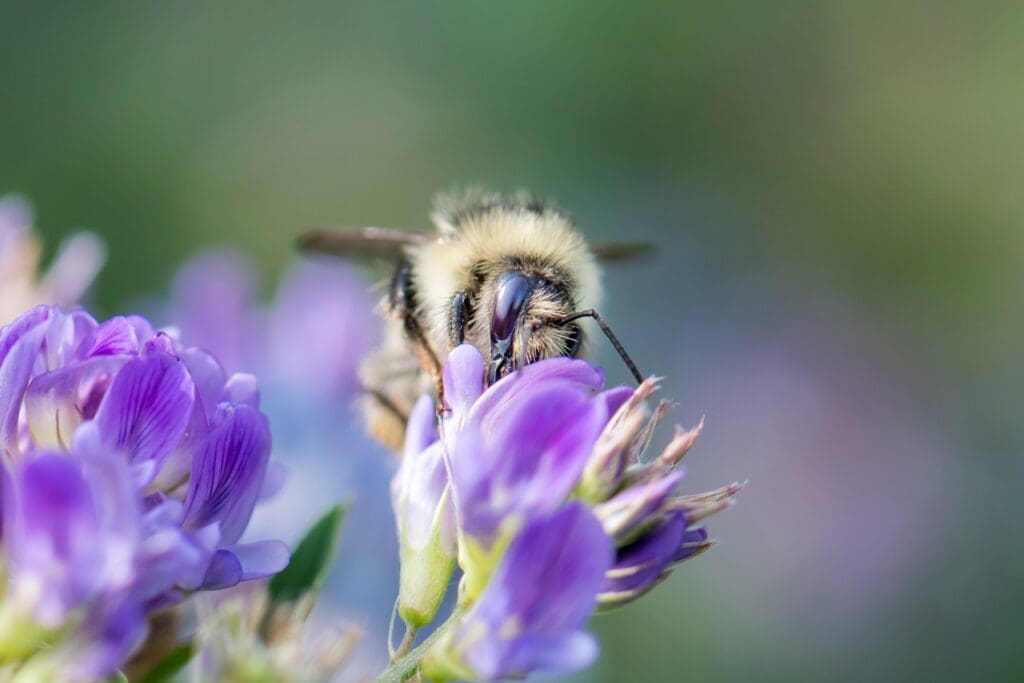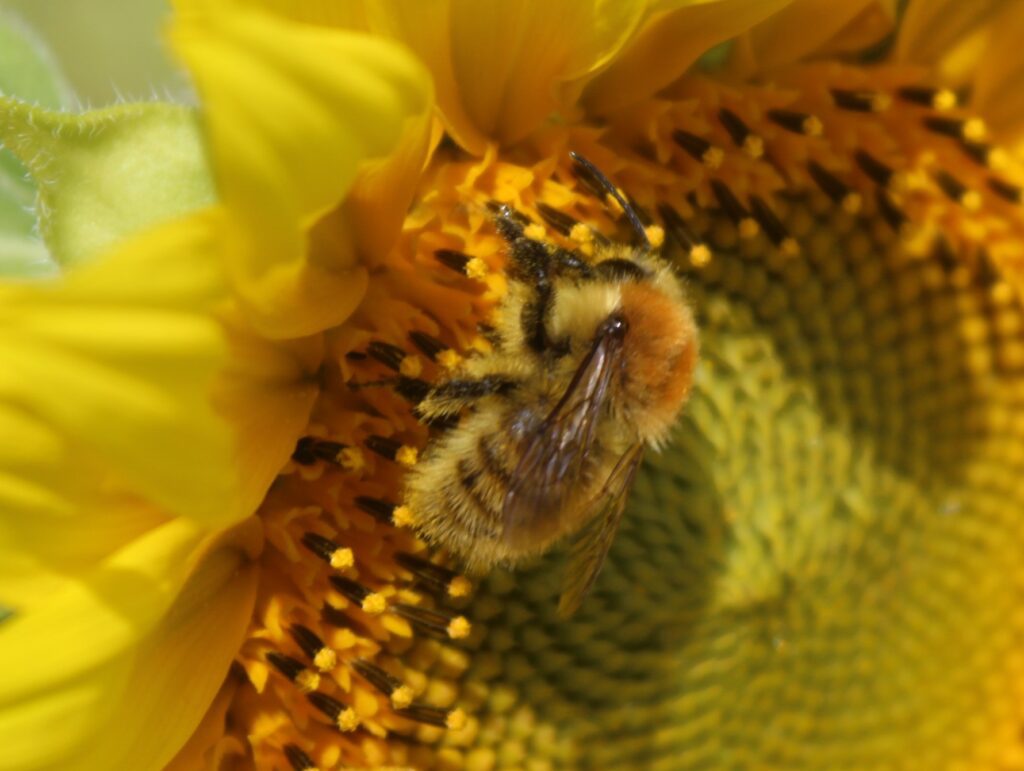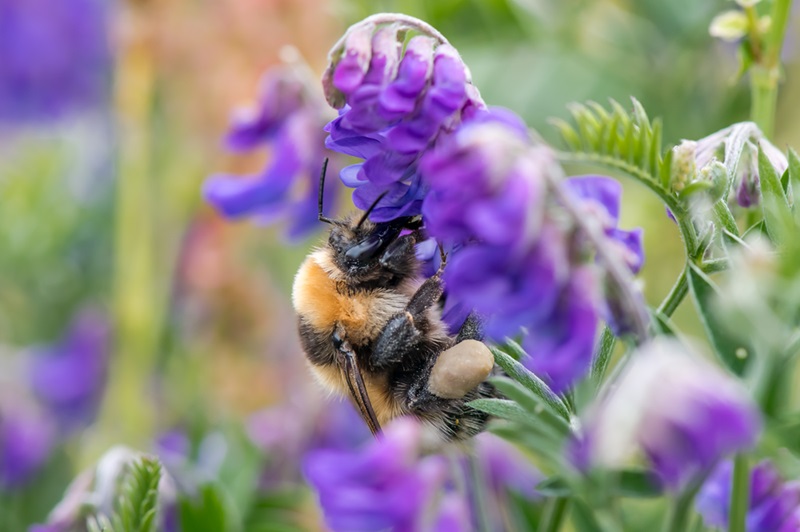Shrill carder bumblebee: Case Study
We talk to Species Recovery Manager, Steve Wheatley to find out more about how we’re safeguarding the future of the rare Shrill carder bumblebee, and how we’ll use this learning to protect other rare bumblebees.
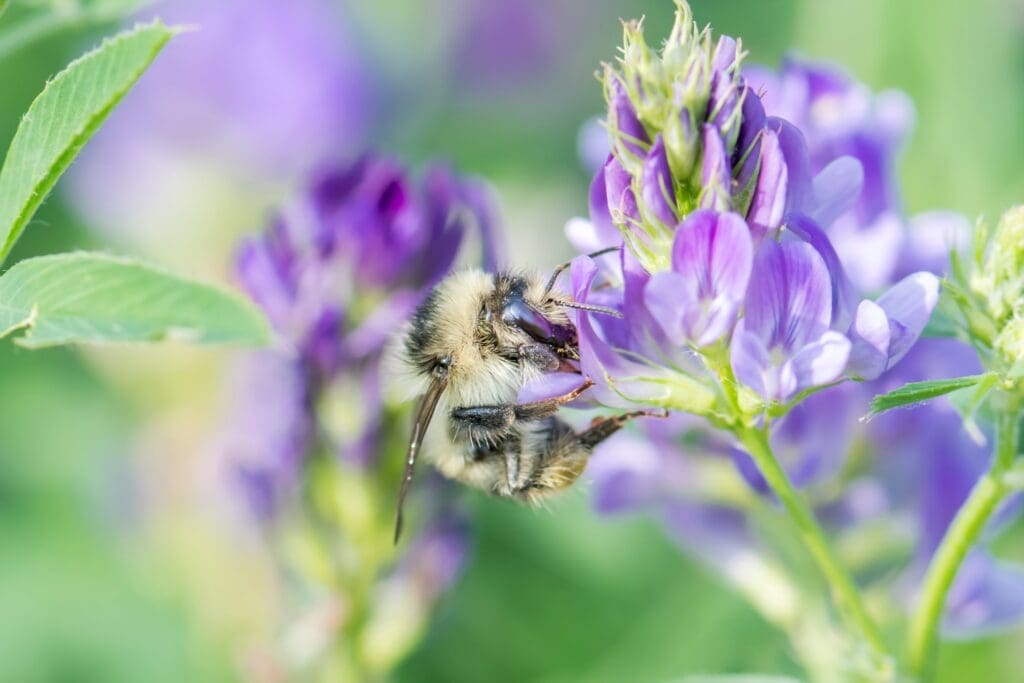
Can you tell us about the current state of the Shrill carder bumblebee in the UK?
The Shrill carder bumblebee is one of the most geographically restricted bumblebees in the UK. It is found within only five landscapes, all in southern England and Wales – the Thames Estuary, Somerset, Pembrokeshire, the Gwent Levels, and Port Talbot to Kenfig. Three of the remaining five populations have just a handful of sightings each year and these are restricted to just a few sites.
The Shrill carder bumblebee conservation programme is now well underway. Whereabouts is the project focussed?
Our work with Shrill carders extends across all five areas in Southern Britain where the bumblebee can be found. We are also seeing a northward shift in the distribution, so we will be working to enhance habitats in areas that could become important for the Shrill carder in future. Similar strategies are being developed and rolled out for other rare bumblebees in other parts of the country, which is where we need supporters to help us.
We didn’t realise just how ‘on-the-edge’ the Shrill carder bumblebee is.
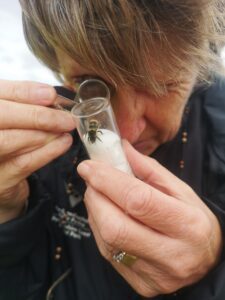
The project underwent a knowledge review to learn more about this rare species. Did you find out anything particularly surprising or unexpected?
We’ve become surprised at just how precarious the Shrill carder bumblebee is. We knew it was rare but didn’t realise just how ‘on-the-edge’ it is now.
The Shrill carder has not always been restricted to the Southern England and Wales; for example it used to be found around Carlisle. This suggests that, given sufficient food and nesting habitat, it could live further north. With continuing climate change, it will be increasingly important for us to help this bumblebee find good habitat on the expanding northern edge of its range.
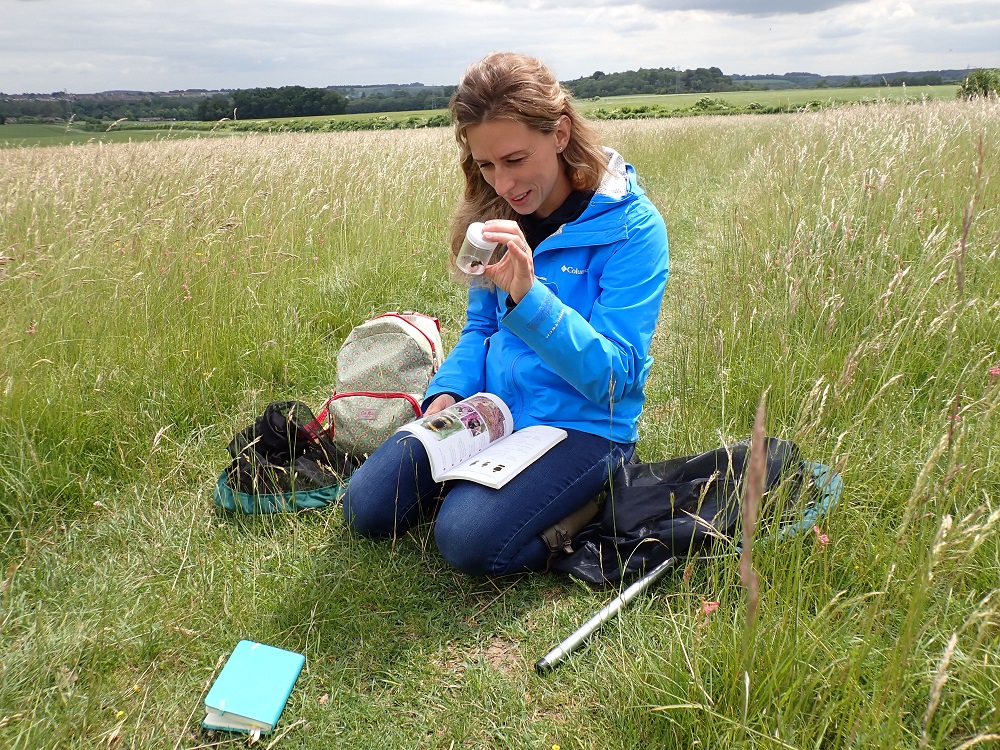
How will the developing the strategy help to protect the Shrill carder bumblebee?
Development of the strategy helps to bring together and share a wealth of knowledge and expertise, providing a nationwide perspective. This way we can identify and agree the biggest threats, find opportunities, and work together to deliver the most effective action straight away.
And what are the next steps for the programme?
We are developing several exciting projects that are targeted to help the Shrill carder bumblebee directly in the areas it most needs help. We are engaging with landowners, other conservation organisations and local people in those different areas to help us deliver the positive conservation actions. It is also important for us to extend our knowledge and fill the gaps in our understanding of the Shrill carders life cycle, nesting and hibernation needs. We work with universities and other researchers, in the UK and further afield.
What are the main challenges with rare bumblebee conservation?
Our conservation efforts need to continue to adapt to a changing world. Unprecedented pressures on farming and the increasing impacts of climate change (temperature and flooding especially) are having noticeable impacts on Shrill carder bumblebee populations. This means that we need to be flexible and be able to adapt our approach. In some cases, we have to trial entirely new solutions.
How can people support rare bumblebee conservation?
People can help by supporting the Bumblebee Conservation Trust to do this critical species conservation work, especially these more targeted projects. People can also submit their sightings of rare bumblebees. Those who live in one of the five remaining landscapes can look out for the Shrill carder bumblebee and let us know of any sightings or log them on the iRecord website.
Get involved
Help fund our Shrill carder bumblebee project work by making a donation, or sponsor one of our rare bumblebees so we can begin work building a strategy for their conservation.
